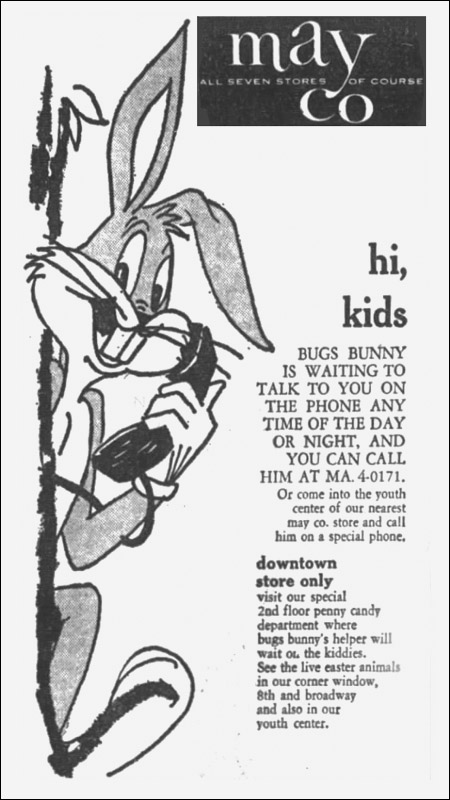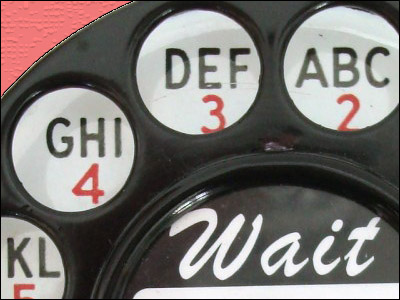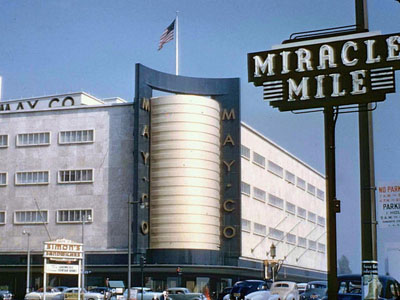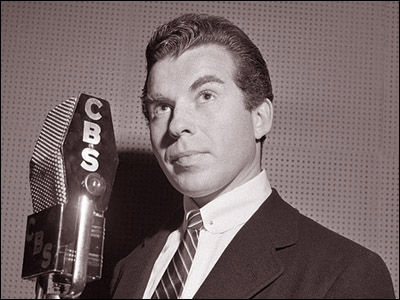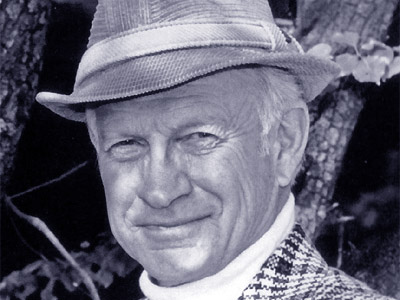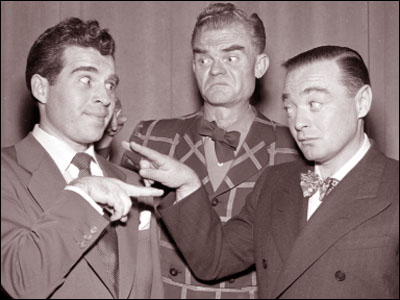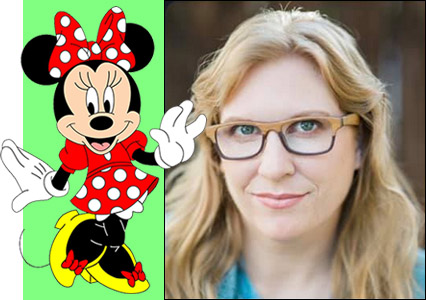Here's the second installment of Anna "Brizzy" Brisbin's informative series on the history of voiceover. If you missed the first chapter, you can view it here before you watch this one…
You will note in this one, Anna has a little problem with an interview in which Mel Blanc said something that doesn't pass serious fact-checking. One must always remember that people don't always remember. Even the most honest of us can get confused or misspeak. In Mel's case, I had enough contact with the man to formulate a theory why some of his stories don't seem to be utterly accurate.
Unlike other cartoon voice actors, Mel was a star. The others rarely (if ever) got billing. The others did radio shows as he did but didn't get prominent roles and featured billing the way Mel usually did, plus his association with Jack Benny made him pretty famous. And Mel understood the value of self-promotion. A number of the best voice actors became voice actors because they didn't hunger to be on camera. Some even liked the relative anonymity.
So Mel appeared on a lot of talk shows. He was a busy voice actor but never too busy to give an interview. And of course, the interviewers would always ask the same questions over and over: "How did you get into doing voices?" "Where did Bugs Bunny's voice come from?" And so on.
If people keep asking you the same questions over and over, you tend to give them the same answers. And if you're on talk shows, especially in front of a live audience, your answers need to be (a) quick and (b) funny. If accuracy is a condition at all — and with some people, it isn't — it's a distant third. When I was starting out in my vocation of writing things for which people would pay me money, I did a fair amount of writing "panel," that being stories that would be told while sitting in the guest chair with Johnny or Merv or the hosts of Good Morning, Oxnard.
A publicist for whom I worked occasionally would call and say that a certain client was up for a guest slot on The Mike Douglas Show and was "in need of panel." So I'd work with the client to make some anecdote they had shorter and simpler and it of course had to have a great punch line. I'm not going to say we sometimes made up completely phony stories…
Well, yes I am. I can't lie to you people. We did. Guests on talk shows still do that and often employ others to help them do it.
So what I think happened with Mr. Blanc was that he developed answers to talk show questions that weren't exactly fibs but weren't exactly the truth, either. As I said, what is wanted in that situation is quick and funny. If you were a serious animation historian, you wanted something detailed and accurate but if you were a talk show host and you had Mel Blanc on your show, you wanted quick and funny.
And Mel did a lot of those shows, especially after his near-fatal auto accident in 1961. Once he'd recovered enough to make the rounds, everyone wanted him on their programs to tell his story, and he wanted to do as many of them as possible to show the world that he was back and able to work. And I think sometimes, he got a little lost between the "talk show" version of a story and the real one. That happens a lot with people who get asked the same questions over and over and over and over…
Anyway, we eagerly await Part III of Anna's valuable history lesson. Good stuff.

